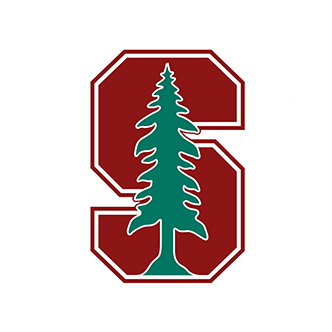


















مشخصات اثر در آرشیو دیجیتال دانشگاه استنفورد
Label:Walters Ms. W.677, Four leaves from a Shahnama
Available Online:https://purl.stanford.edu/jc048cd5048
Title:Walters Ms. W.677, Four leaves from a Shahnama, Shāhnāmah, شاهنامه
Contributor:Firdawsī (author), Abū al-Qāsim Ḥasan ibn Isḥāq Firdawsī Ṭūsī (author), ابو القاسم حسن بن اسحاق فردوسى طوسى (author), Ḥasan ibn Muḥammad ibn ʿAlī al-Ḥusaynī (scribe)
Description:These four leaves come from a dispersed illustrated and illuminated manuscript of Firdawsī's Shāhnāmah (Book of kings), commissioned by Qawām al-Dawlah wa-al-Dīn Ḥasan, vizier to the Inju governor in Fars province. It was copied by Ḥasan ibn Muḥammad ibn ʿAlī al-Ḥusaynī in 741 AH / 1341 CE. The text is written in black nastaʿlīq script with chapter headings in red, blue, and black taʿlīq script. The dispersal of the manuscript occurred in the early fourteenth century AH / twentieth CE, and over one-half of its leaves are extant and housed in public and private collections. The illuminated folio with the year of the manuscript's completion and a dedication to the patron is housed in the Arthur M. Sackler Gallery (S1986.110 and S1986.111), and the folio with the colophon and finispiece is housed in the Prince Sadruddin Aga Khan Collection (IR.M. 6/I). The manuscript's illustrations have been associated with production in Shiraz. The Walters paintings are as follows: Zāl joins Miḥrāb in battling the Turanians, Battle of the Iranians and the Turanians, Execution of Afrāsiyāb, and Bahrām Gūr in a peasant’s house.
For full description, see http://www.thedigitalwalters.org/Data/WaltersManuscripts/html/W677/description.html, The primary language in this manuscript is Persian., Four illustrations, fol. W.677Aa Bahrām Gūr in a peasant’s house Illustration, fol. W.677Ab Text page Text page This text page is the back of the illustration Bahrām Gūr in a peasant’s house., fol. W.677Ba Execution of Afrāsiyāb Illustration, fol. W.677Bb Text page Text page This text page is the back of the illustration Execution of Afrāsiyāb., fol. W.677Ca Battle of the Iranians and the Turanians Illustration, fol. W.677Cb Text page Text page This text page is the back of the illustration Battle of the Iranians and the Turanians., fol. W.677Da Zāl joins Miḥrāb in battling the Turanians Illustration, fol. W.677Db Text page Text page This text page is the back of the illustration Zāl joins Miḥrāb in battling the Turanians., Ramaḍān 741 AH / 1341 CE, Name: Dikran Kelekian, Walters Art Museum, 1931, by Henry Walters bequest
Language:Persian
Format:paper, image/jpeg
Date:1341
Attribution:All Walters manuscript images and descriptions provided here are copyrighted © The Walters Art Museum.
See also:پیوند به بیرون

